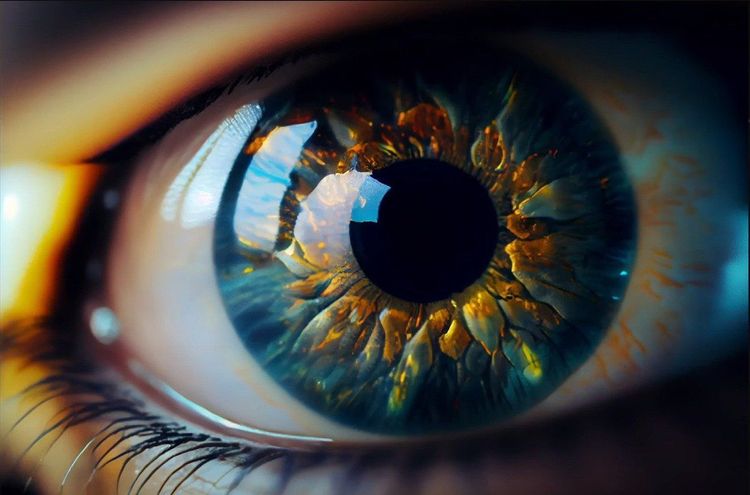Unexpected News: Artificial Intelligence Wins the Nobel Prize in Physics
Most people like

Increase Sales and Engagement on X
In today's competitive market, enhancing sales and boosting audience engagement on X is more crucial than ever. This platform offers unique opportunities to connect with your target audience, drive conversions, and build lasting relationships. By implementing effective strategies tailored to maximize your presence on X, you can elevate your brand's visibility and achieve remarkable results. Ready to transform your approach? Let’s explore how to optimize your sales and engagement on X!

Introducing a streamlined platform designed specifically for coding prompts. This user-friendly tool enhances your coding experience by offering an organized space to explore, create, and share prompts, making it easier than ever to find inspiration and improve your programming skills. Join our community and unlock your coding potential today!

Introducing iAsk.Ai: Your free AI search engine designed for instant, accurate answers while safeguarding your privacy by never storing user data.
Find AI tools in YBX




